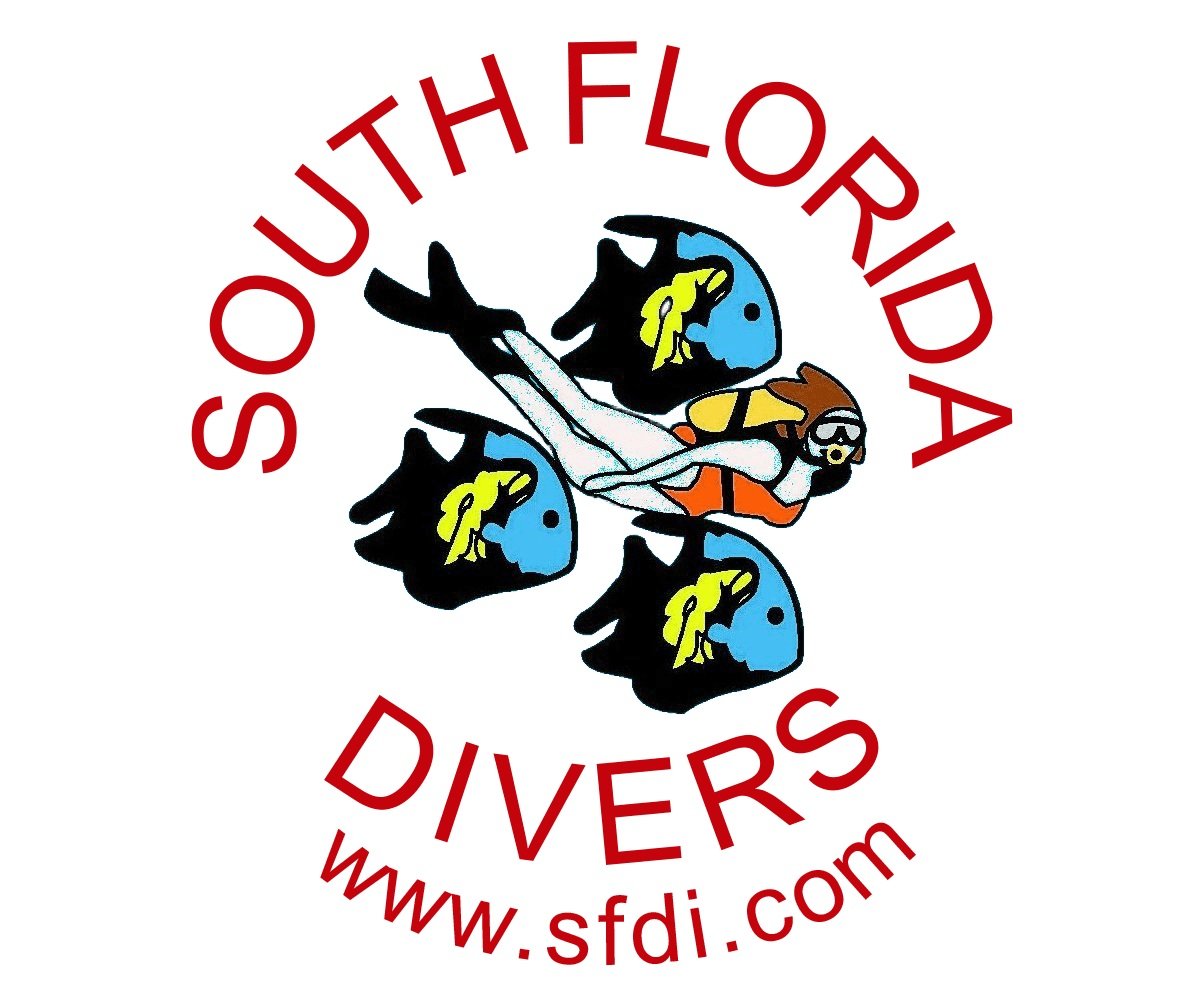Despite the fact that our calendars are about to roll over into November, we have not yet seen a single cold front here in South Florida. How unusual! Despite that, some of our winter weather patterns have arrived. The one that I find most notable is the increase in wind.
As our winter weather arrives, winds pick up a bit, and sea conditions build. The diving can still be quite good, but larger waves frequently result in a generally less pleasant and more strenuous boat ride for most divers. As a result, divers should be alert to the sea state before they board a boat for a day on the ocean.
Each diver needs to assess his or her ability to enjoy a day on the water under the conditions that are forecasted for that particular day. Keep in mind that veteran divers and professional boat captains and crew may be more comfortable in rough sea conditions then you are. If you have major concerns, stay behind and let the boat go without you…even if you still have to pay for the seat on board.
Once you’re out of the ocean and preparing to dive, you need to consider your ability to safely re-board the boat after the dive. The motions associated with the boat and the boats boarding ladder are magnified during rough conditions. Don’t hesitate to discuss your concerns with the dive boat crew. They will tell you how to re-board and what to expect. If you feel you cannot safely re-board the boat, don’t enter the water…be a bubble watcher that day.
Be Safe, Dive Safe, and Enjoy Our Wonderful Winter!
Dave Wills

